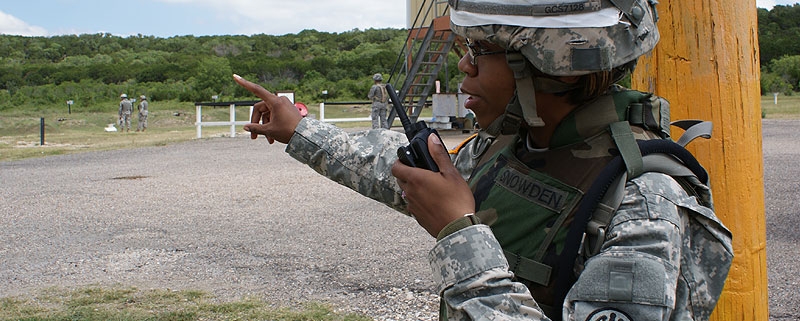Public Safety should look at a rugged and high quailed PTT phone
Push-to-talk over cellular (PTTOC) and mission-critical push-to-talk (MCPTT) technology. In some cases, these solutions may be a better choice than LMR. They also have the potential to provide significantly more flexibility regarding application, device and network choices. There are important factors to consider when deciding whether to implement the technology.
Portable radio operating on land mobile radio (LMR) systems have been the essential method of push-to-talk (PTT) voice communications relied upon by law enforcement officers, firefighters and emergency medical technicians. These robust networks and devices have evolved to provide a single primary application—exceptional push-to-talk voice communications for first responders.
In recent years, however, a challenge has appeared—push-to-talk over cellular (PTTOC) and mission-critical push-to-talk (MCPTT) technology. PTTOC and MCPTT services are provisioned over broadband wireless services and replicate the walkie-talkie functionality of traditional LMR portable radios. Technology differences include:
- PTTOC refers to proprietary solutions currently available today
- MCPTT is the soon-to-be-implemented Third Generation Partnership (3GPP) standard intended to replicate the functionality of LMR push-to-talk. This solution will allow for interoperability across applications.
Right now we have worked out our E980 which mainly suitable for POC and Push to talk radio



